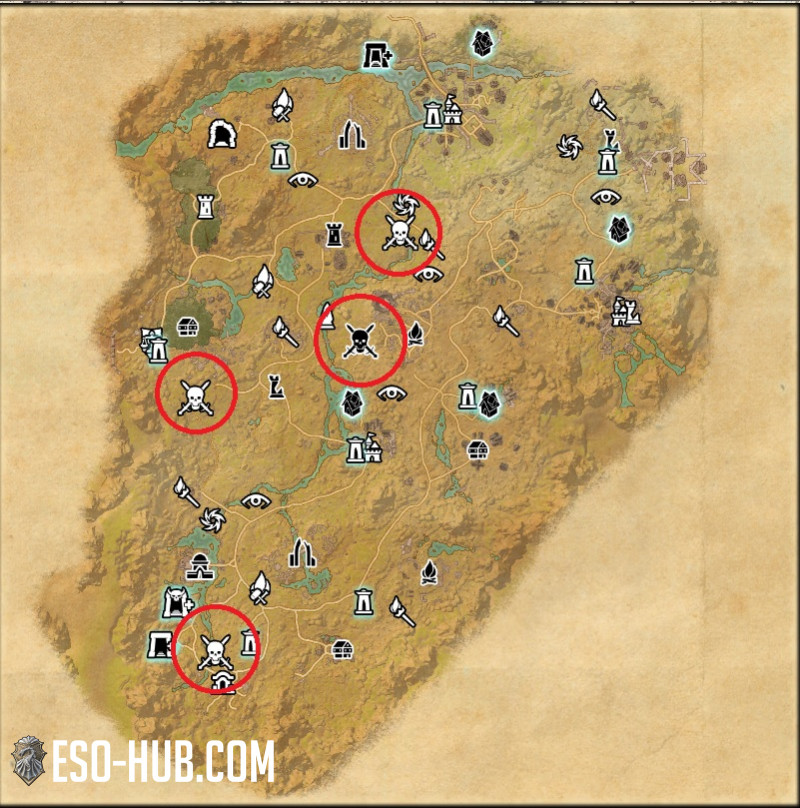

I then played the tracks from the beginning and pressed the “M” key at the start of each bar. Notice how the MIDI and WAV align together I then generated a audio (WAV) track from the MIDI and this is shown as the second track. I want the start of the oom to be the start of a bar and for there to be 4 beats before the next oom. The start of the oom shows as a long low note and it does not line up with the underlying grid.Īlthough oom-pah-pah is technically 3/4 time, I am going to assume it is in 4/4 time. The following shows a process to tempo map both MIDI and WAV tracks.įirstly, I recorded a MIDI track of an oom-pah-pah piano with deliberate speeding up and slowing down.
A tempo change is inserted and the grid is changed to accomodate the necessary bars.īut don’t expect this to work if you haven’t changed the timebase – see later !!!!. A dialog allows you to enter the time signature and number of bars required. Right click and select “ Create measure from time selection (detect tempo)“. This will set a time selection exactly between the markers. Double click at the track headings between two markers. Once every thing is bar wise it can be quantised with reference to the beats grid. You want to clean up some freely recorded keyboard playing by locating markers at the start of each bar. You want to synchronise a recorded track (MIDI or Audio) to a fixed tempo. You want an integral number of bars to fill the gap. You may want the first bar to start here and the music to end on the next marker. In score writing, markers are placed at points of interest e.g. You are able to specify the time signature and number of bars and it calculates the tempo and adjust the beats grid for the region. Reaper has a neat facility that inserts a tempo change for a section of music bounded by two ordinary markers. The designers of Reaper have made a complete arse of something that should be so simple. I found that creating new tempos did not work intuitively and it seemed to add extra bars and knocked out the markers and timing for no particular reason.etc. It also shows up all the frustration and problems I had in tempo mapping. This post shows an alternative way that may be quicker. Now VMeter touches should change track 1's volume.In my earlier post about cleaning up old Portastudio recordings, I showed how it could be done using stretch markers. Finally, touch the VMeter to have Reaper automatically detecet the correct MIDI channel and controller number. Type in an action you'd like to control with the VMeter (we typed Track 01 to pull up all the available actions for the first track), and then select "Add" next to the shortcut area. Choose "Actions" -> "Show Action List." from the top menu. Close out of the preferences, and open the Actions Window. For the input one, make sure to enable both the general input and Control Messages option. Next, double click on both the VMeter row in the input and output, and enable it. Click Options -> Preferences and then select "MIDI Devices" from the Audio section. First, enable the VMeter for input and output. See our ableton tutorial for details on this. Metering display of the volume levels is not supported by default, but you can use the midiAudioToCC VST plugin to achieve this. Just make sure to set the track's MIDI output (via the I/O button) to the VMeter. * Note: track CC (control change) messages (as recorded on a MIDI track) ARE bidirectional. This tutorial will cover action mapping only. It is possible that some MIDI VST plugins could enable this, but these have not been tested. Unfortunately, these actions do not support playback, so no MIDI data is sent back out during playback. 
Using MIDI CC to control track Volume in Reaper with ActionsĬockos's Reaper lets you map any MIDI Controller to just about any function using Actions.






 0 kommentar(er)
0 kommentar(er)
